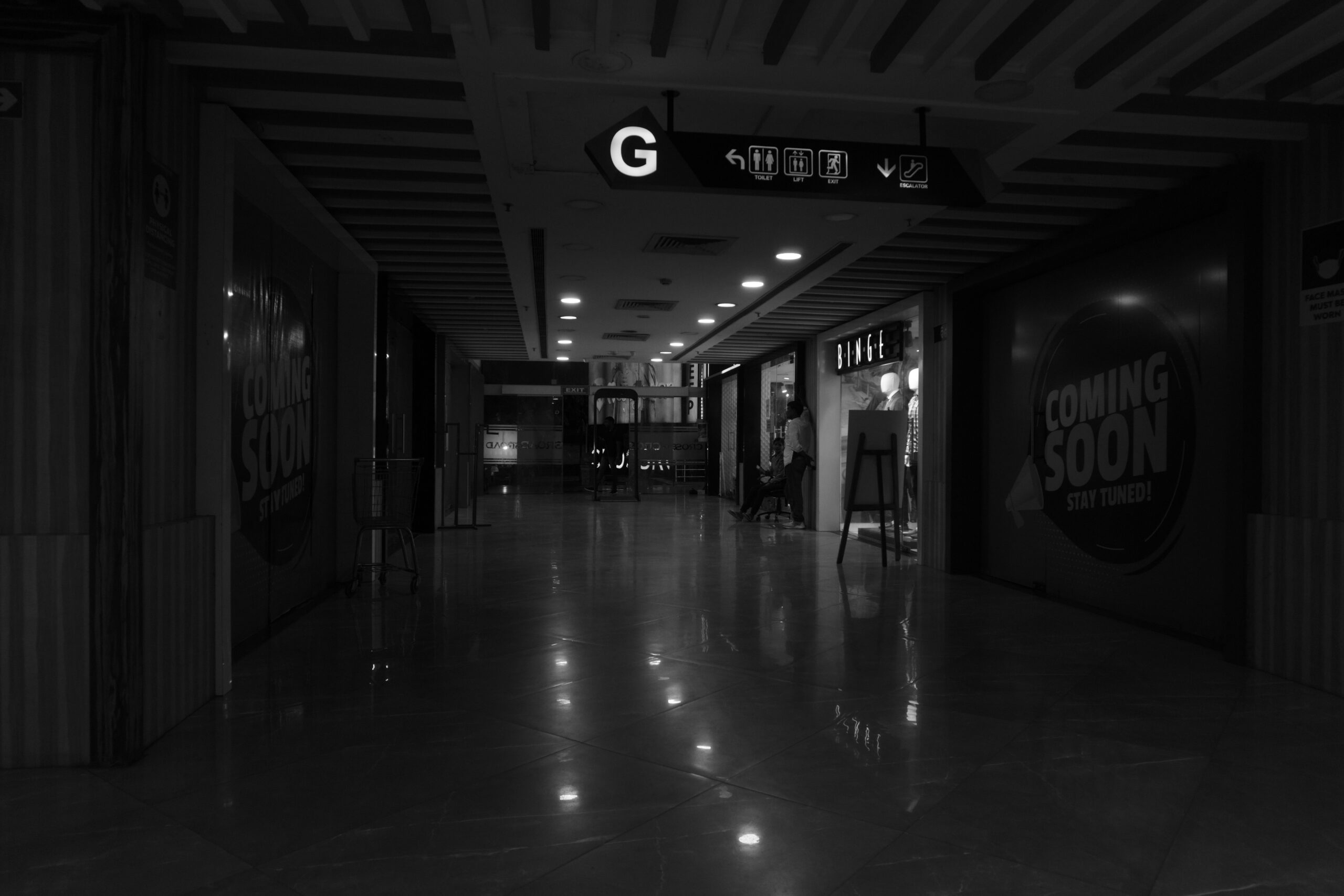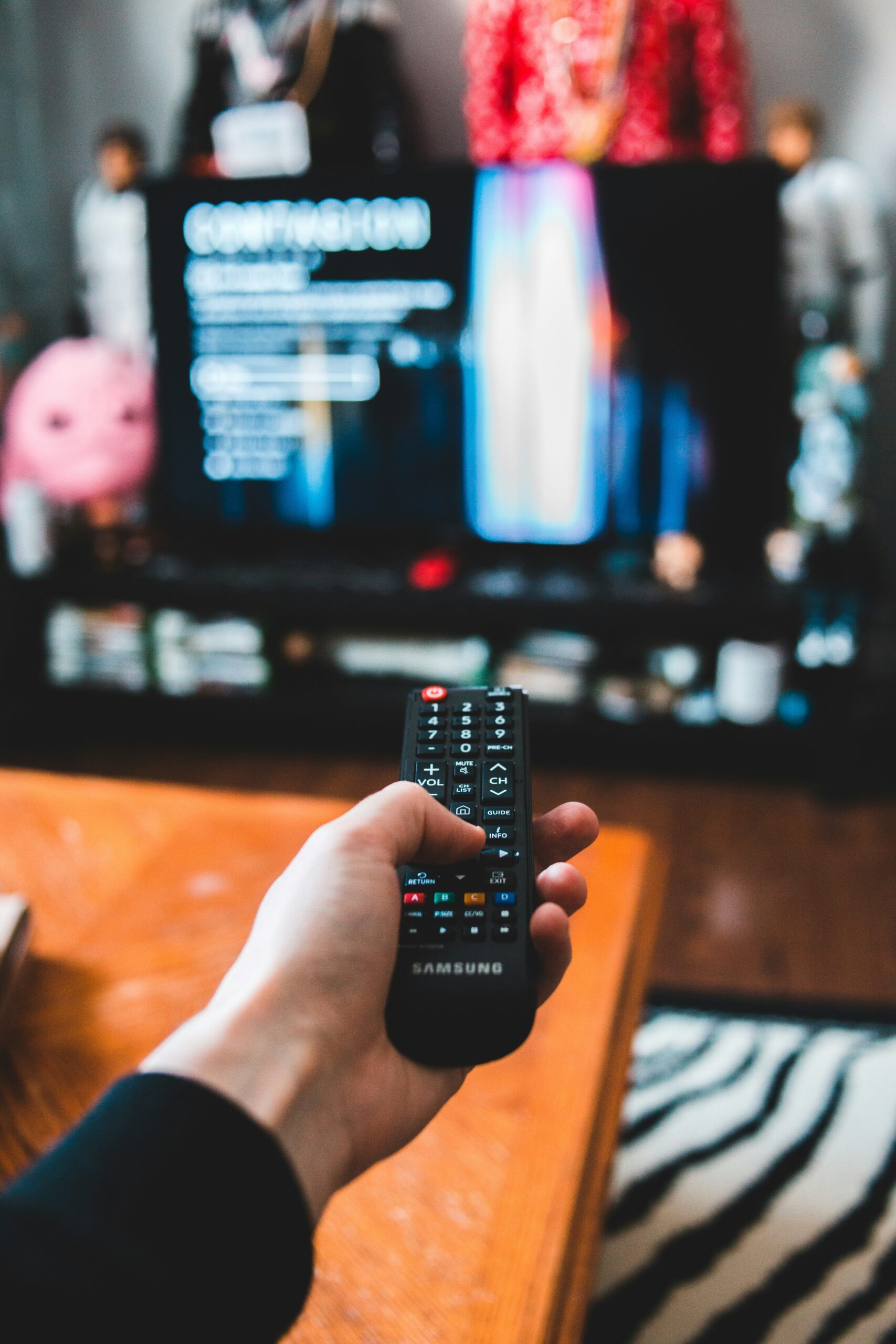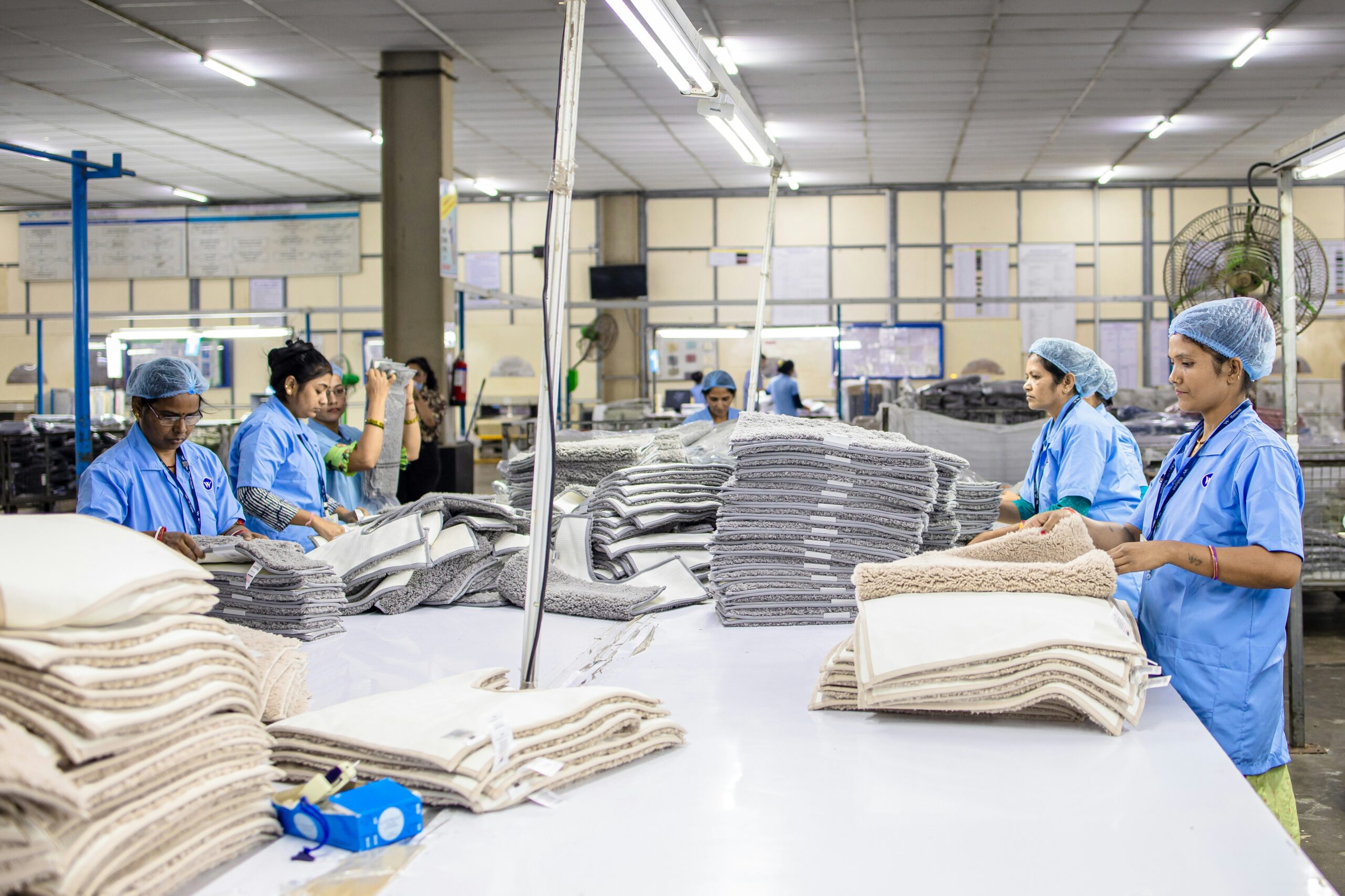Healthcare’s true battleground isn’t in C-suites or technology showcases; it’s in the daily realities that too often go unseen. A missed bus, an empty fridge, or the absence of a helping hand can derail care long before a prescription is written. Kat Alvarez is confronting these hidden barriers head-on, reshaping what access to healthcare really means. Social support often matters more than the treatment plan itself.
Kat Marie Alvarez, Founder and CEO of KATALYST & CO., has spent her career exposing this truth. A clinician by training who became a healthcare executive and strategist, she has moved between clinical care, investor-led portfolios, and operational leadership with one constant focus: solving for the barriers that quietly shape health outcomes. For Kat, social determinants of health (SDoH) are not fringe issues. They are the core of value-based care and the difference between models that work theoretically versus models that are based in real life scenarios.
Redefining What Drives Performance
Kat challenges leaders to look beyond the walls of the clinic. Food insecurity, social isolation, and transportation gaps don’t appear on a medical chart, but they drive missed visits, unmanaged chronic disease, and unnecessary hospitalizations. Addressing them directly, she argues, is both a moral obligation and a financial strategy.
At KATALYST & CO., these interventions are built into the operating model, not treated as add-ons. A flagged risk for depression can trigger an outreach call. A diabetic patient struggling with food access may be connected to a meal delivery program. Transportation barriers are tackled with ride partnerships and digital scheduling support. Each step is tied to measurable impact, fewer readmissions, better retention, improved HEDIS scores, and compressed medical loss ratios.
From Insight to Execution
Plenty of leaders talk about SDoH. Kat is one of the few who know how to operationalize them at scale. Over a 25-year career, she has overseen more than $5B in transactions, led $2.7B+ P&L portfolios, and advised major organizations including Innovacare, Cano Health, Wellmed, Centene, and Humana. These experiences showed her how often misalignment between strategy and execution sinks even the best-intentioned models.
Her method is direct: start with data, identify the barriers driving the highest costs, and design interventions with clear ROI. Programs are tracked against hard metrics, utilization rates, patient outcomes, and financial performance. What makes her approach different is not just compassion, but discipline. She treats SDoH investments with the same rigor as financial modeling.
Building Global Reach
Scaling these solutions requires infrastructure. With the recent launch of KATALYST & CO’s offshore BPO operations in Latin America, Asia, and Eastern Europe, Alvarez is creating capacity to deliver interventions across geographies. This is not about outsourcing for efficiency alone; it’s about building resilient ecosystems that support care teams and extend resources to patients wherever they are.
Through this model, predictive analytics can flag risks, global support teams can follow up with patients, and local providers can act quickly with the right tools. It’s a system designed to make sure insight never dies in a spreadsheet; it translates into real action at the patient level.
A Call to Investors
Perhaps Kat’s most urgent message is directed at investors: stop treating SDoH as a non-factor when it drives healthcare costs so significantly. For her, food access, transportation, and social support are not community perks; they are the leverage points that determine whether value-based care succeeds.
This is not a soft argument. It’s a financial one. Better adherence improves retention. Stable food access reduces ER visits. Reliable transportation ensures follow-up care. The return is both economic and human, and Kat believes capital should flow accordingly.
Quick Overview in a graph
| Insight | Impact |
|---|---|
| SDOH drive nearly 38% of spending variation | Social context directly shapes Medicare costs |
| Dual-eligibles: 20% of enrollees → ~31–36% of cost | High-need, high-cost; often due to underlying SDOH |
| 7 million spend >10% of income on Part B | Cost burden even before other out-of-pocket expenses |
| $172,500 lifetime health spend, 44% on premiums | Long-term financial strain baked into Medicare structure |
| 1 in 4 seniors spent $2,000+ out-of-pocket | Gaps in Medicare coverage translate to direct financial pain |
Geography, poverty, isolation, and access issues directly influence Medicare costs. And the burden isn’t evenly felt, dual eligibles and low-income seniors bear the brunt, with high out-of-pocket spending compounding the pressure.
The Path Forward
Kat sees the next decade as a test for healthcare leaders and investors. Those who continue to treat last-mile barriers as optional will fall behind. Those who integrate them into enterprise design will not only improve patient lives but also unlock sustainable growth.
Her perspective is rooted in both pragmatism and conviction: healthcare is not transformed in theory, it is transformed when patients feel the difference in their daily lives with the necessary resources to thrive.
It is moral and it’s smart economics. Investing in housing, food security, transportation, and social connection can reduce costly health events and ease the load on Medicare long-term.
Kat Marie Alvarez is reshaping how the industry defines performance. For her, the true measure of success is not just efficiency or scale, it’s whether the system delivers care that is smart, ethical, and deeply human.
Written in partnership with Tom White


































































































































































































